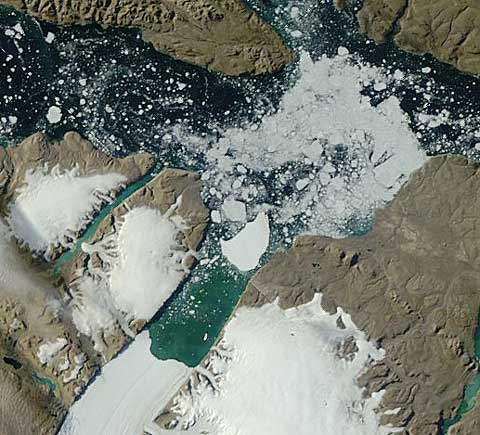 Simon Johnson (Mr February) argues that the New Zealand Emissions Trading Scheme (NZETS) is “the weakest link” due to its high exposure to the international carbon market. The strong “international linkage” is the other side of the coin of the uncapped design of the NZETS. Both features reinforce just how ineffective the NZETS is in providing an incentive to reduce greenhouse gas emissions.
Simon Johnson (Mr February) argues that the New Zealand Emissions Trading Scheme (NZETS) is “the weakest link” due to its high exposure to the international carbon market. The strong “international linkage” is the other side of the coin of the uncapped design of the NZETS. Both features reinforce just how ineffective the NZETS is in providing an incentive to reduce greenhouse gas emissions.
Who remembers the The Weakest Link? The quiz show with Anne Robinson the disciplinarian female host with the popular catchphrase “You are the weakest link. Goodbye!” Yes that’s today’s bonkers metaphor for another post on the NZETS. In addition to the observation that I would love to say “Goodbye!” to the ETS, there really is a relevant connection to the economics literature.
“Linking” of emissions trading schemes means that units from one ETS can be imported and surrendered by emitters regulated by a different ETS. There are papers and blog posts about international linkage. The key economic benefit claimed for linking two or more ETS, assuming that they are otherwise sensibly designed, is that the lowest-cost ways of reducing emissions within the linked schemes become available (via emissions trading) to the emitters of the linked schemes.
Continue reading “NZ ETS, you are the weakest (international) link”

 Early results from the European Space Agency’s Cryosat-2 satellite, launched in 2010, suggest that the Arctic sea ice volume in summer is currently being lost at the rate of 900 cubic kilometres per year, Robin McKie
Early results from the European Space Agency’s Cryosat-2 satellite, launched in 2010, suggest that the Arctic sea ice volume in summer is currently being lost at the rate of 900 cubic kilometres per year, Robin McKie 
